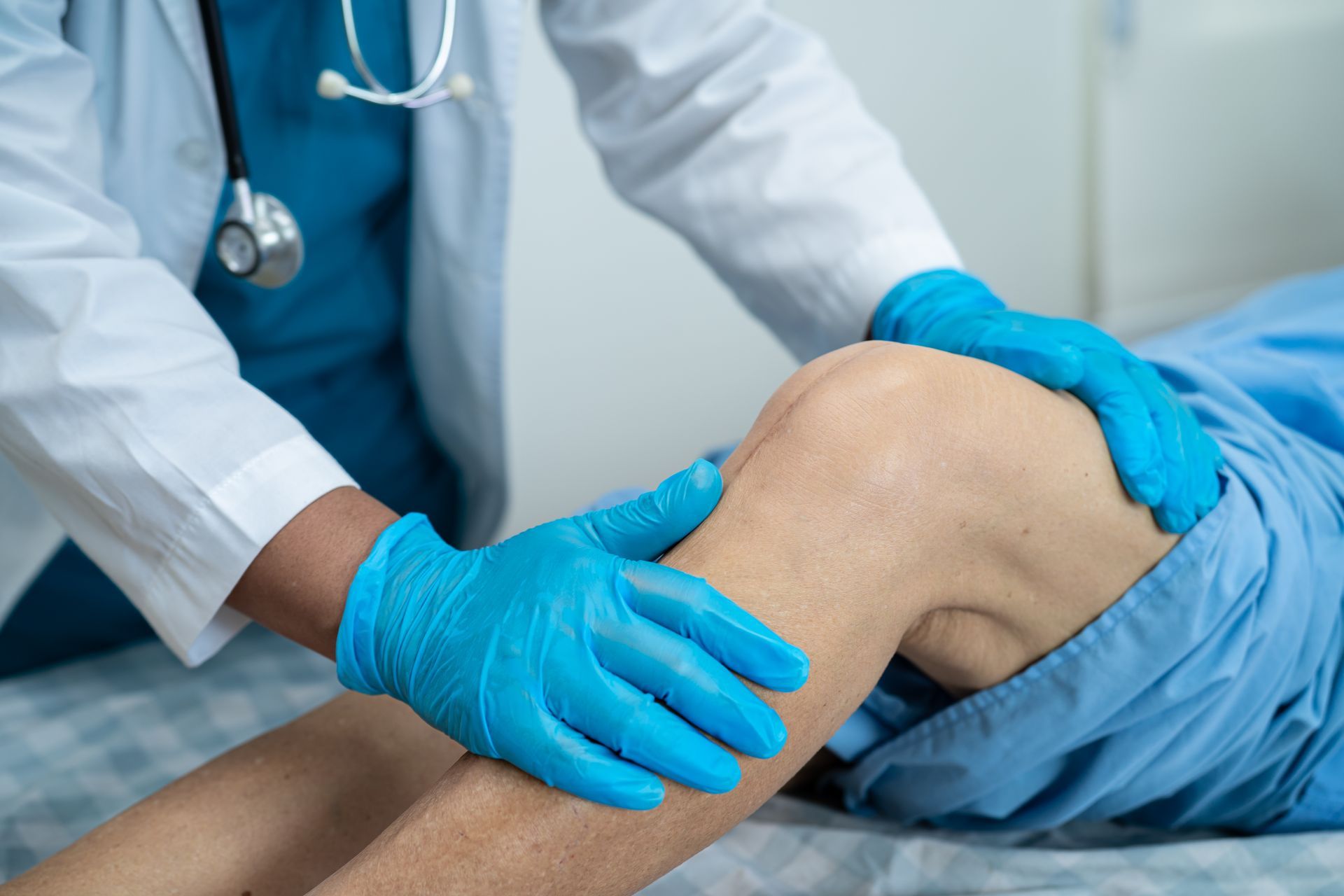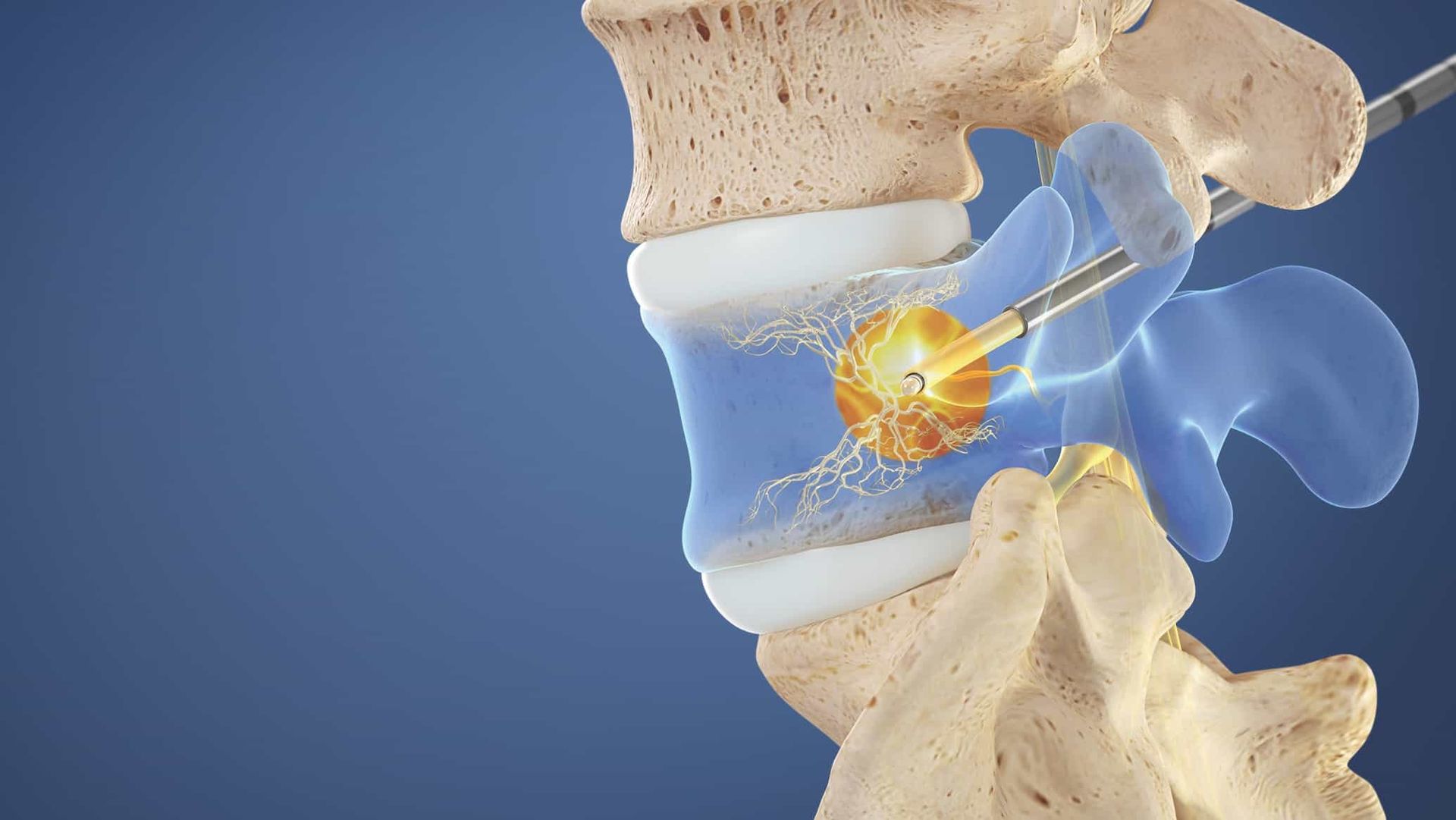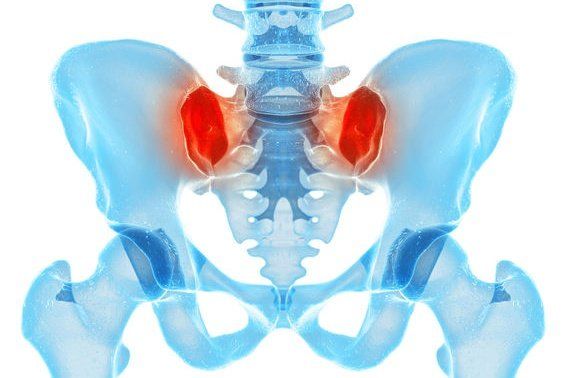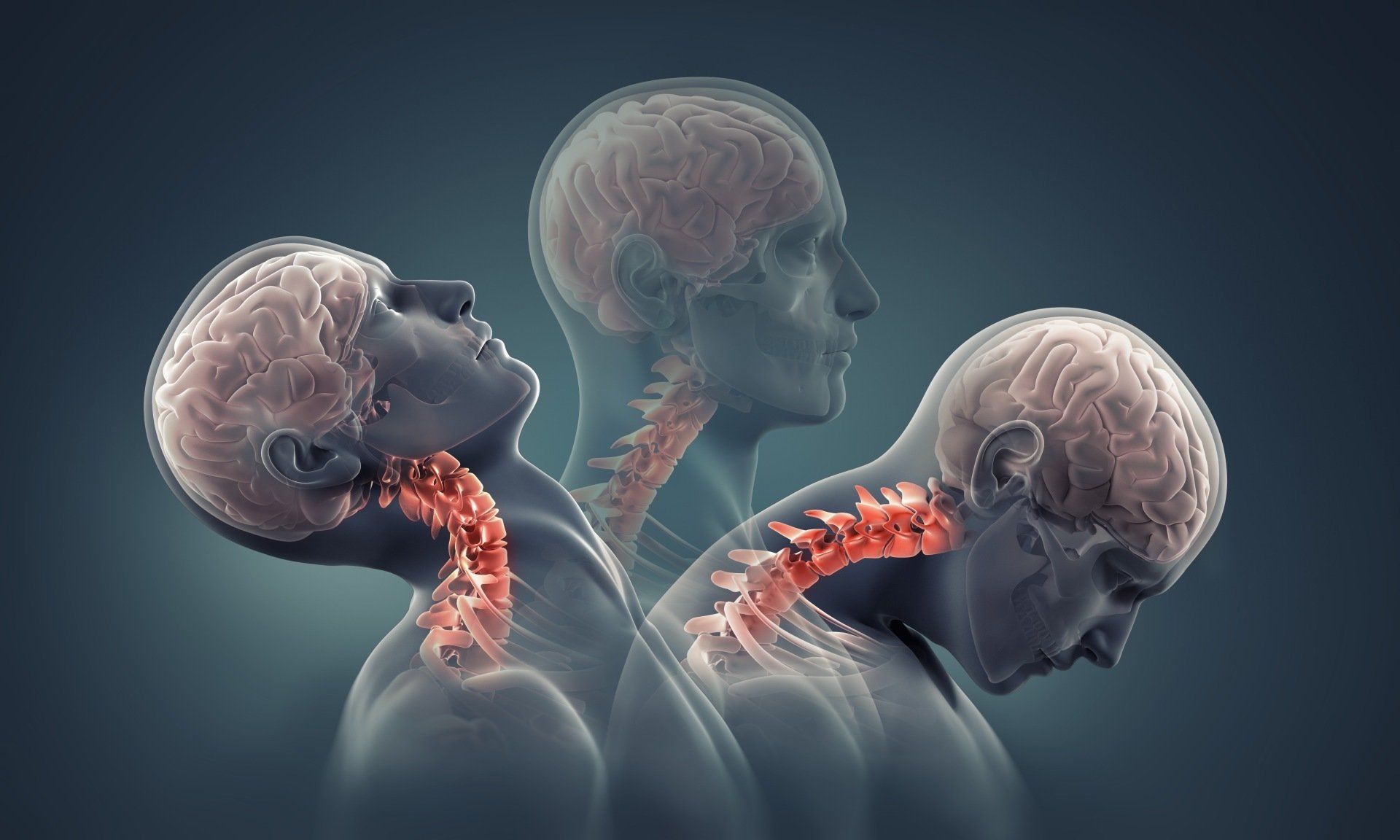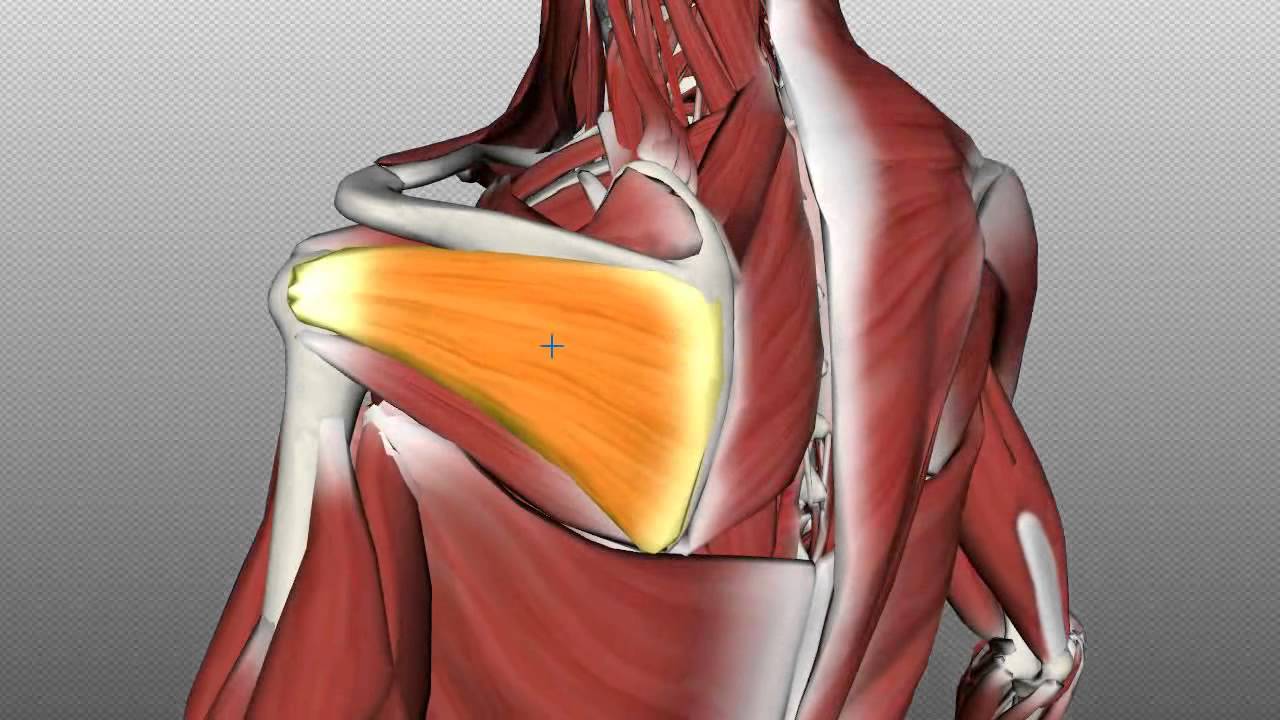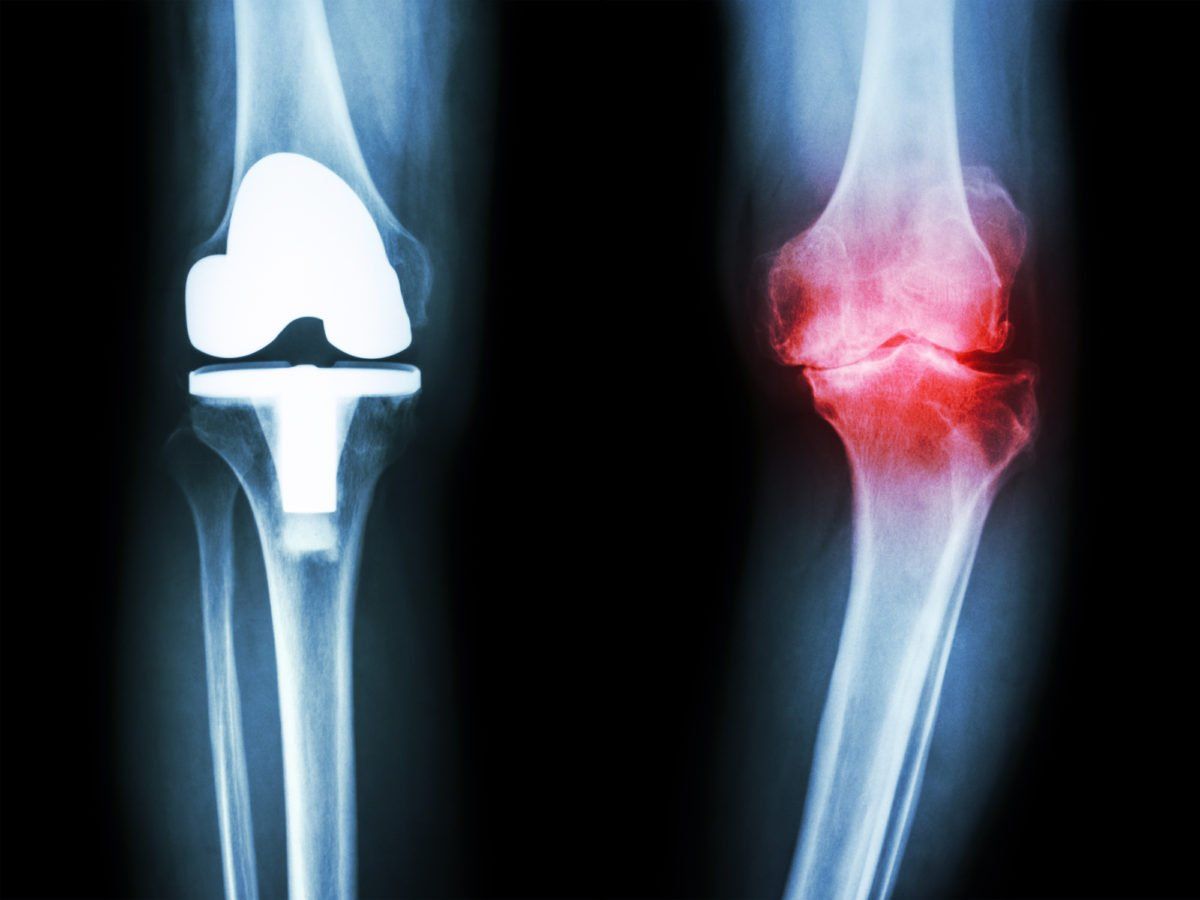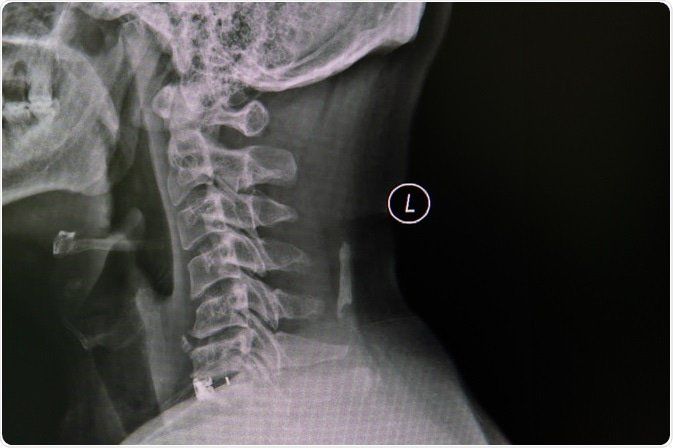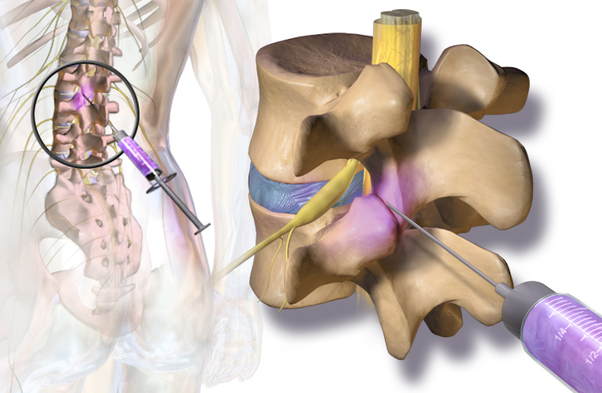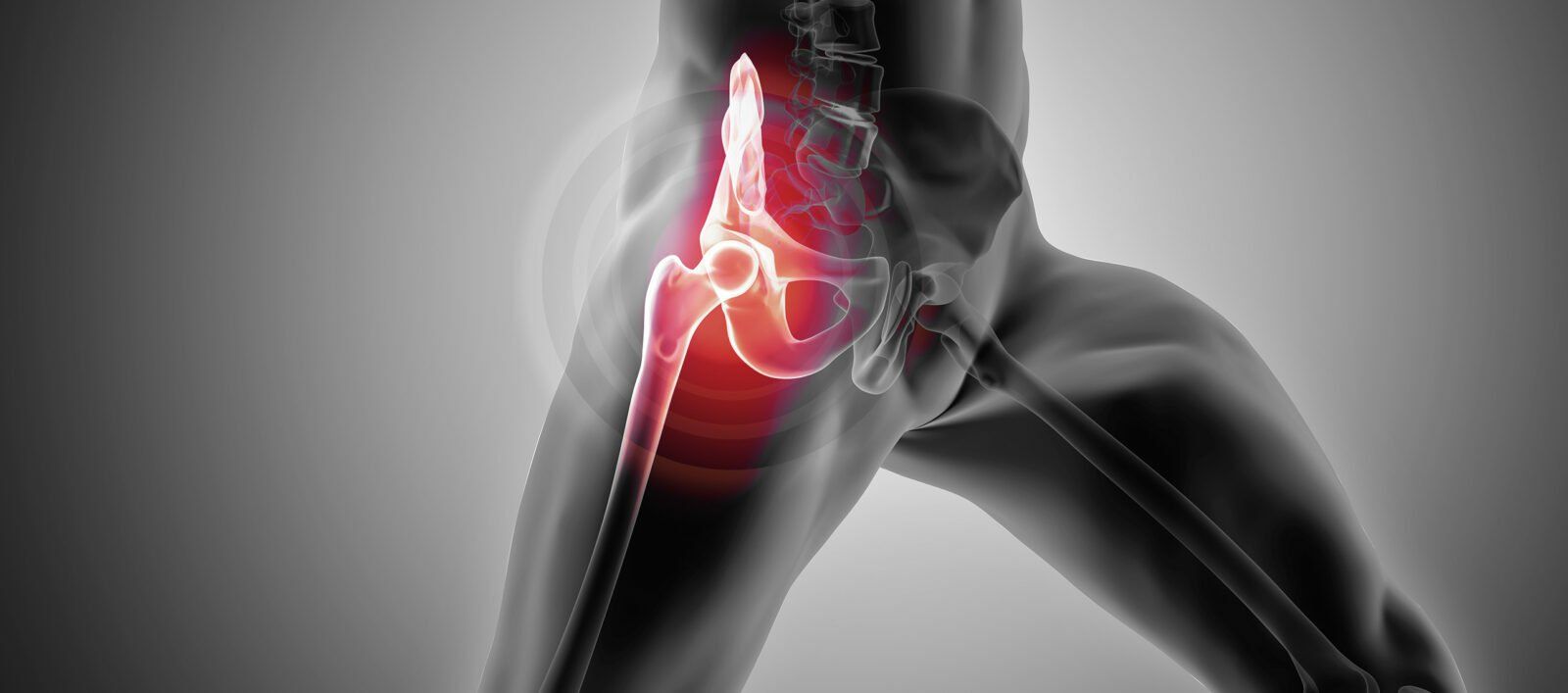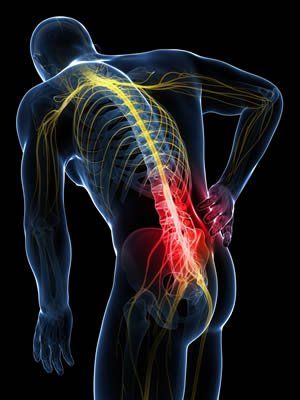Services
Interspinous Process Decompression for Lumbar Spinal Stenosis
Interspinous Process Decompression (IPD) for lumbar spinal stenosis is a minimally invasive image guided therapeutic surgery that is performed to relieve back and radiating lower limb pain caused by lumbar stenosis. Through the available research and clinical experience, this minimally invasive surgery has been demonstrated to:
Improve back and lower limb pain caused by lumbar stenosis, and ultimately improve function including but not limited to walking distance. Importantly, this minimally invasive surgery is a mechanical solution to a mechanical problem, specifically the treatment increases the amount of space around the nerves in the spinal canal which improves blood flow to these nerves and relieves the painful mechanical compression.
How is IPD for lumbar stenosis performed?
Patient Positioning
The patient lies face down. In order to access the target level of the spine in optimal fashion, the patient will have pillows and/or a device underneath the abdomen to arch the low back.
Anesthesia
Typically this procedure is done with the use of IV anesthesia in addition to local anesthetic numbing. The patient will be very relaxed with significant control/blocking of procedural pain, but the patient will still be breathing on their own and therefore will not require a tube down the throat (no intubation).
Fluoroscopic Guidance
Using a fluoroscope for guidance (live X-ray guidance), the physician carefully places the IPD device in the target location of the lumbar spine.
IPD minimally invasive surgery
Using a minimally invasive technique with image guidance, a small incision is made (about 1 cm in length) and multiple surgical tools are utilized to dissect down to the target location (which is in-between the spinous processes of the target lumbar levels). Once in the target location, the therapeutic device is deployed. The device itself ultimately opens up the space where the nerves need to travel at that target level, essentially improving the degree of stenosis at that level.
End of Surgery
The therapeutic device is left in place, but all other tools are removed. The small surgical wound is closed with suture, and a sterile bandage is applied.
How long does it take for IPD to work?
Some patients notice fairly immediate relief, but it can take up to six weeks for the full therapeutic effect.
Who performs IPD?
IPD is performed by one of the board certified Interventional Pain Physicians at Spine & Nerve Diagnostic Center (SNDC).
Where is the IPD surgery performed?
The IPD surgery is performed at one of the state of the art surgery centers that SNDC works with. Typically this is an outpatient procedure, and there is no overnight stay.
